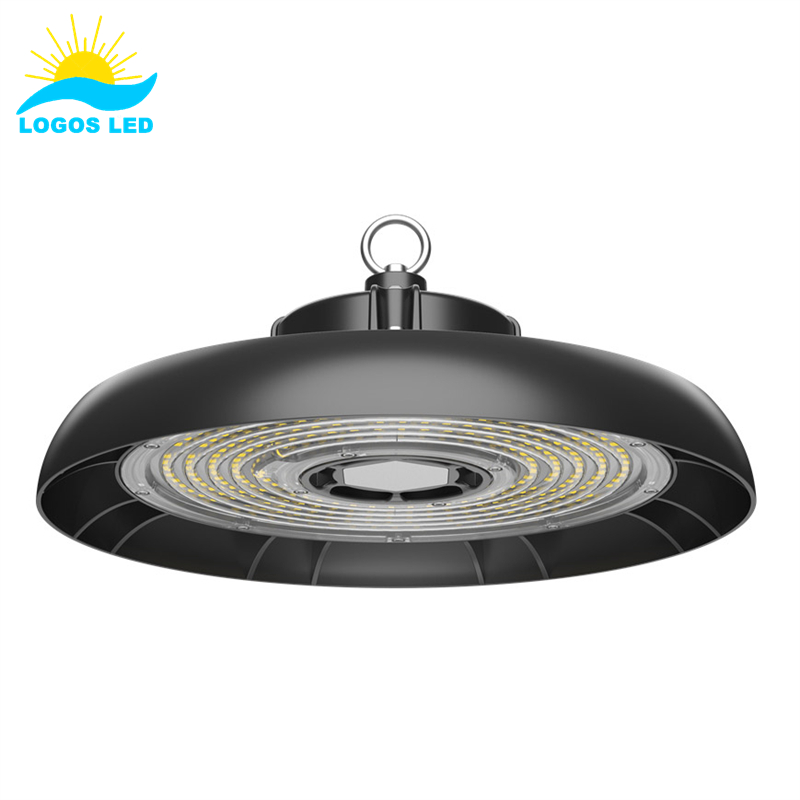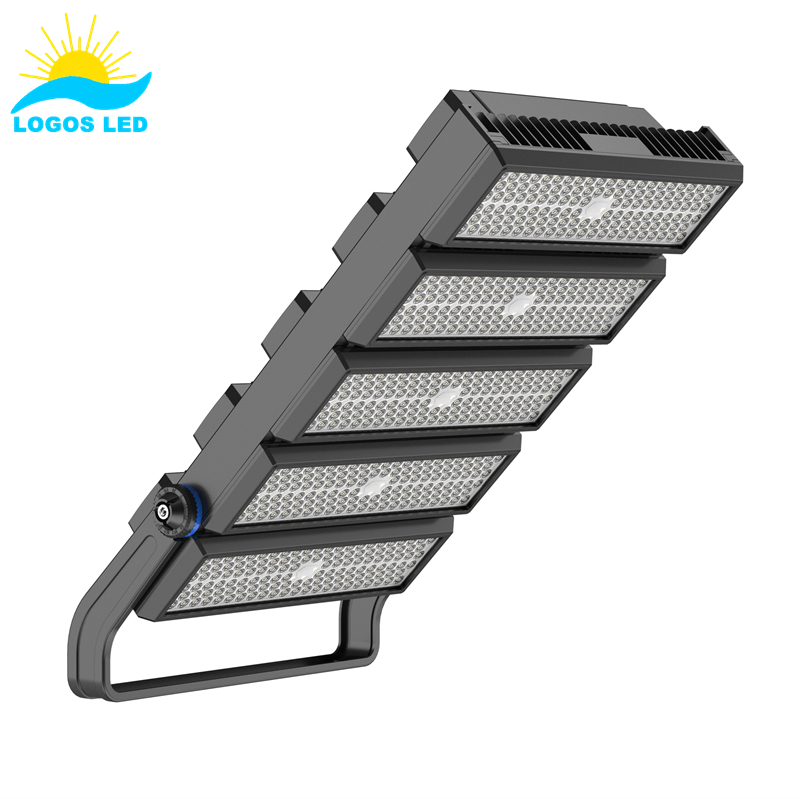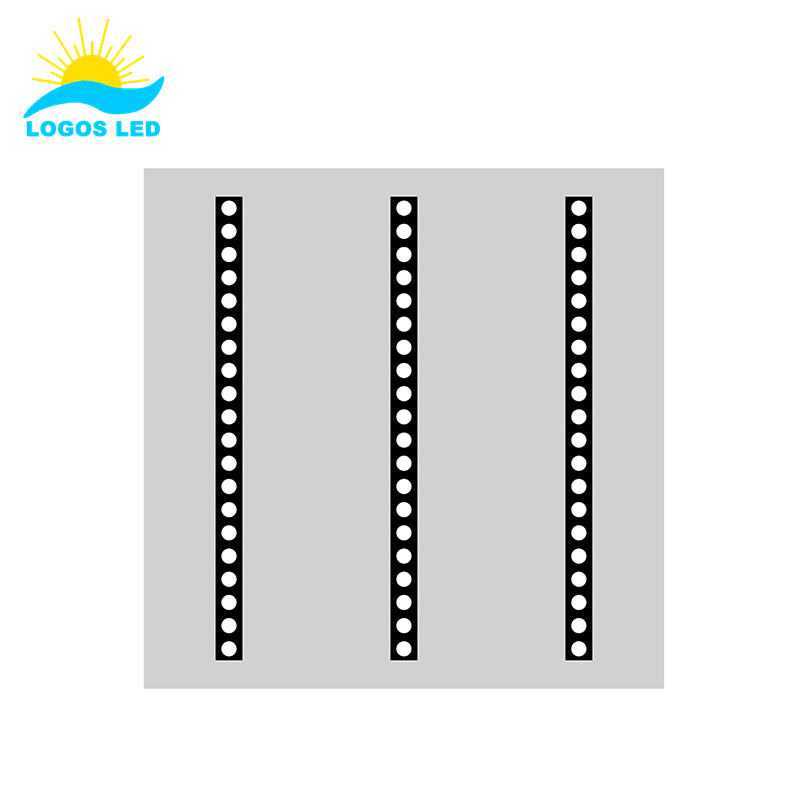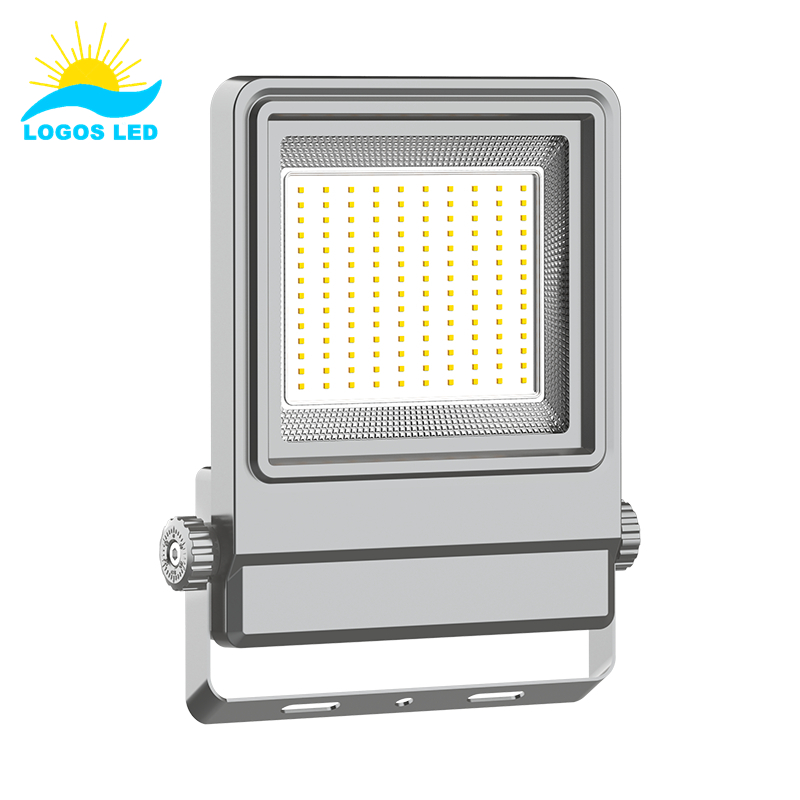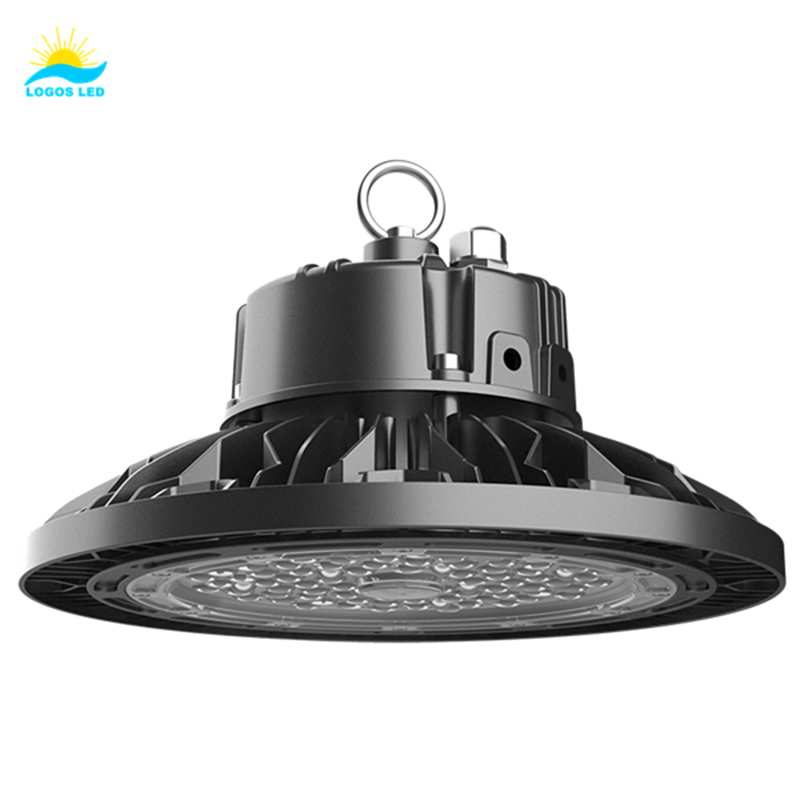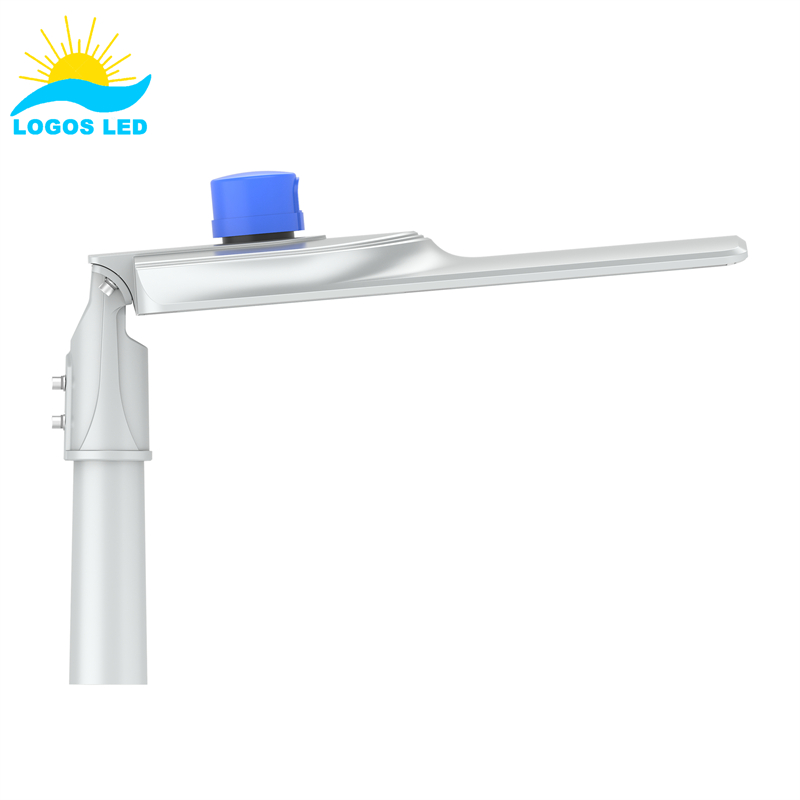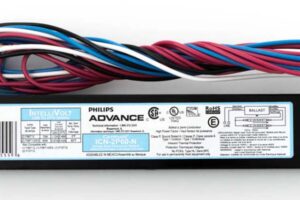Ever bought an LED light that looked great on the box, but turned out too dim or blinding when installed? Poor brightness selection can ruin the purpose of lighting—whether it’s for safety, mood, or work. That’s why knowing how to measure LED brightness is so important.
LED brightness is measured in lumens, the total amount of visible light emitted by a source. To measure it accurately, we use tools like lux meters and consider key specs such as wattage, efficacy, beam angle, and application needs. Understanding brightness ensures your LEDs deliver the right light for the right task.
Let’s break it all down and keep it simple.
Table of Contents
What Is the Brightness of a LED Light?
The brightness of an LED light is measured in lumens, not watts. This tells you how much visible light the fixture emits. Unlike older incandescent bulbs where wattage gave you a rough idea of brightness, LEDs are far more efficient—so wattage alone no longer tells the full story.
What Is a Lumen?
One lumen equals the amount of light a single candle gives off in a one-foot radius. The more lumens, the brighter the light.
Example Comparison:
- A 10-watt LED might produce 800 to 1,000 lumens
- A 100-watt LED might generate 14,000 to 16,000 lumens, depending on quality and design
That’s how LEDs can replace older 100W or even 400W metal halide lights at a fraction of the power draw.
Why Lumen Count Isn’t Everything
How the light is distributed also affects how bright it feels.
– A 1,000-lumen spotlight with a narrow beam may look much brighter in one area
– A 2,000-lumen floodlight with a wide beam will feel softer and cover more area but seem less intense at the center
Other factors like mounting height, surface reflectivity, and beam angle also impact perceived brightness.
Bottom Line
To find the right LED brightness:
– Always check the lumen rating
– Match it with the intended use and room size
– Consider beam angle and light placement for even distribution
That way, you don’t just get light—you get the right light for the job.
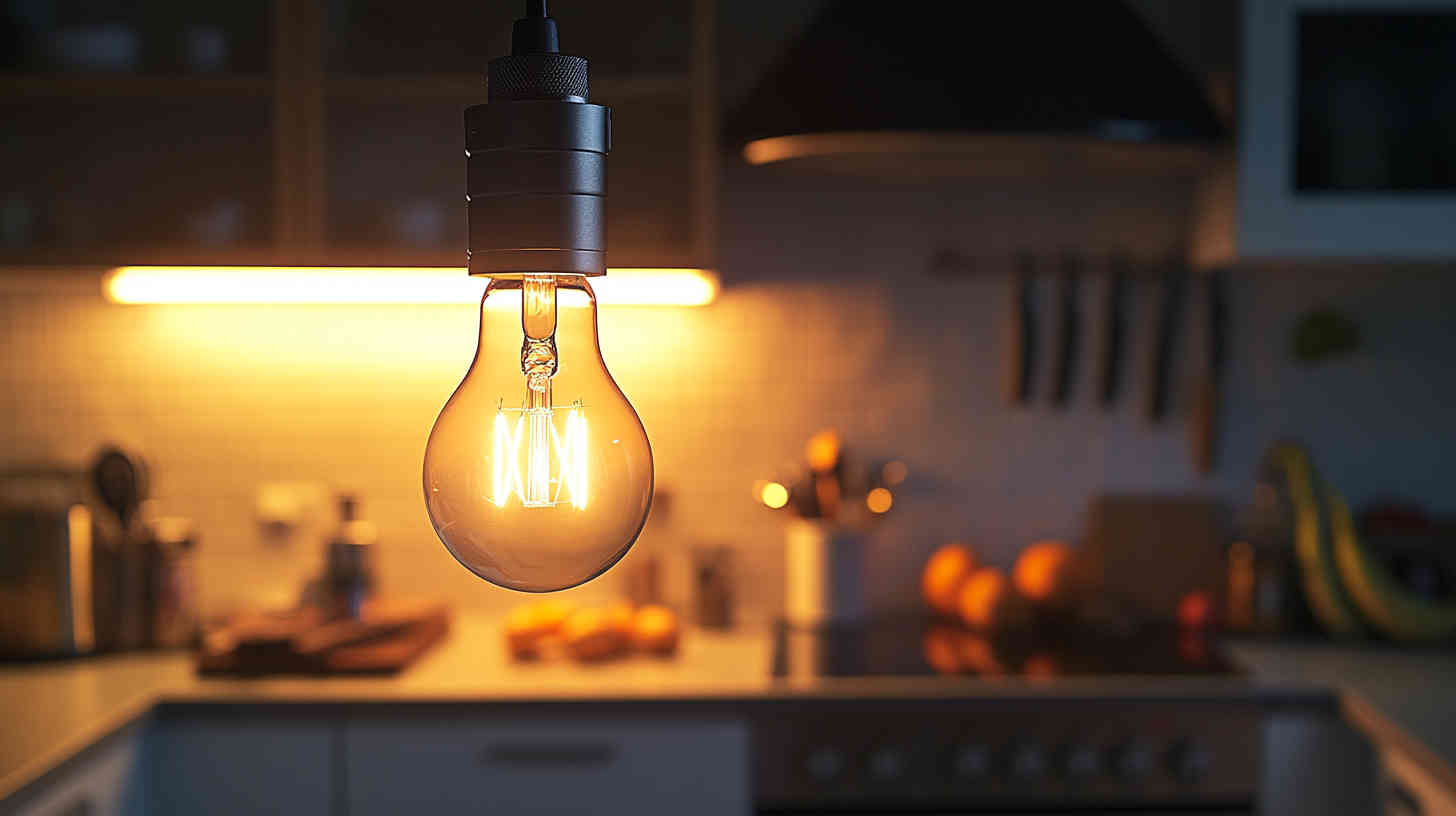
How is Brightness in LED Light Calculated?
To calculate brightness, you start with luminous flux—measured in lumens. If you want to know how bright a light feels in a certain space, though, you need to measure illuminance. That’s done in lux.
Here’s the basic formula:
Lux = Lumens ÷ Area (in square meters)
So if a 2,000-lumen LED floods a 10-square-meter area, that gives you 200 lux. The higher the lux, the brighter the light appears in that specific area. This is the math behind every lighting layout we do for warehouses, sports fields, or offices.
It’s not about guessing—it’s about getting it right for real-world use.

How Is the Brightness of LED Lights Measured?
LED brightness isn’t just about how the light looks to your eyes—it’s a quantifiable value that professionals measure using specialized tools. Here are the most common methods:
1. Light Meters (Lux Meters)
These handheld devices measure illuminance—how much light falls on a specific surface area.
– Unit: Lux (lumens per square meter)
– Use Case: Ideal for real-world checks in places like warehouses, showrooms, or offices
– How It Works: Place the meter at the working surface or target area, and it instantly shows how much usable light is reaching that point
Lux meters are practical tools for checking if your lighting meets design goals or safety standards.
2. Integrating Spheres
These are lab-grade tools used to measure the total luminous flux of an LED fixture.
– Unit: Lumens
– How It Works: The LED is placed inside a hollow sphere coated with reflective material. The sphere captures all emitted light and calculates total output.
– Use Case: Manufacturers and testing labs use this for R&D and quality control
Integrating spheres provide one of the most accurate readings of an LED’s overall brightness.

3. Goniophotometers
These advanced systems test both luminous intensity and beam distribution.
– How It Works: They rotate the fixture and measure light at multiple angles.
– Output: Photometric data like candela values, IES files, beam spread, and efficiency
– Use Case: Essential for lighting design simulations and certifying fixtures for standards like DLC or EN
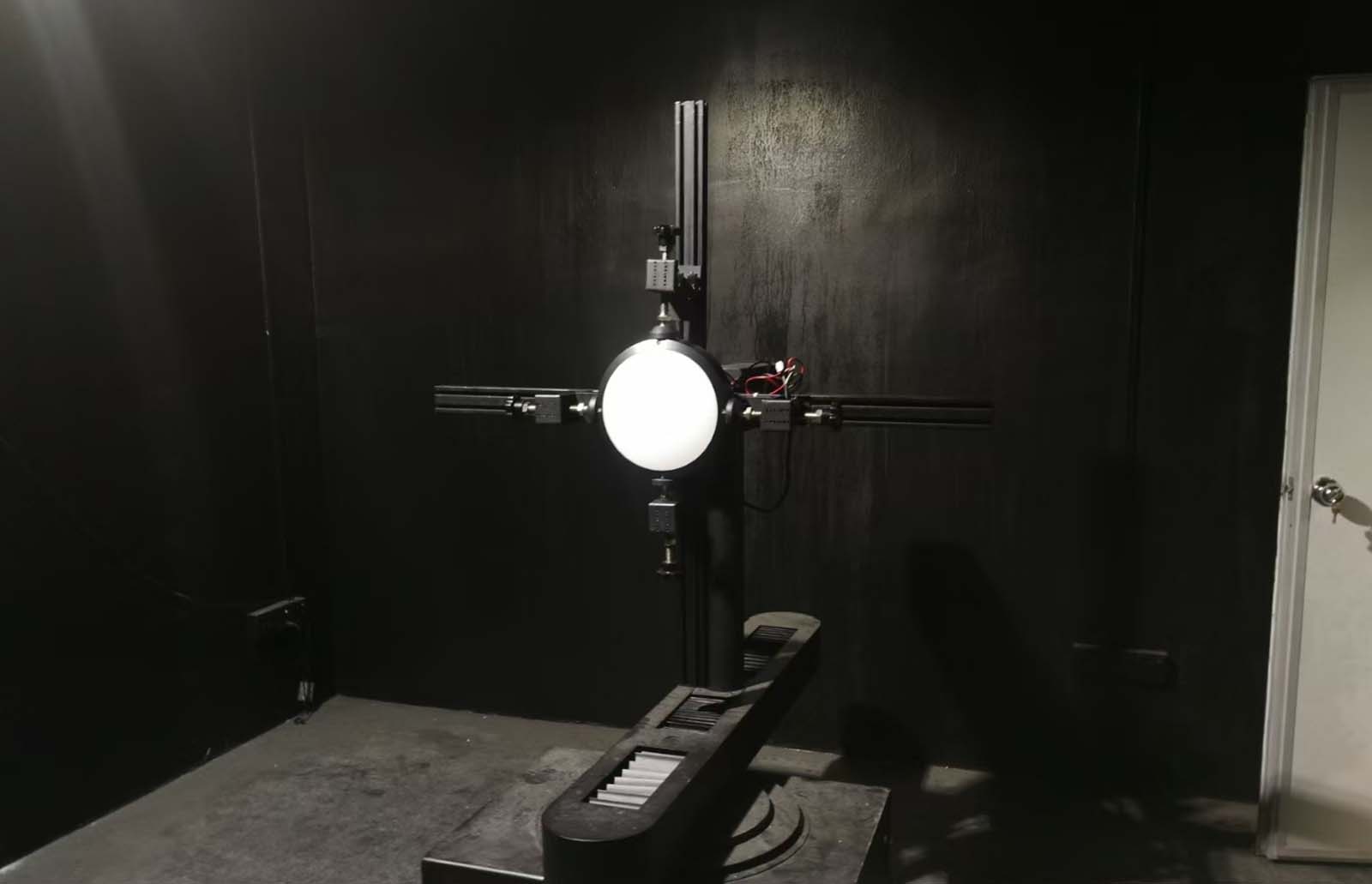
Simulation Software
If you’re not using physical tools, software like DIALux or AGi32 can simulate lux levels and light distribution. These programs use IES or LDT files (from goniophotometer tests) to model real-world lighting layouts with excellent accuracy.
Summary Table:
| Method | Measures | Unit | Best For |
|---|---|---|---|
| Light Meter | Surface illuminance | Lux | On-site checks and adjustments |
| Integrating Sphere | Total light output | Lumens | Lab testing and fixture rating |
| Goniophotometer | Beam shape + output | Candela | Lighting design and certifications |
By combining these tools, lighting designers and manufacturers ensure LEDs deliver not just brightness—but the right kind of brightness for the task.
Key Factors Affect LED Light Brightness
Not all LED lights with the same lumen rating look equally bright. Why? Because several variables influence actual performance:
- Luminous Efficacy: Measured in lumens per watt. The higher this number, the more efficient and bright the LED.
- Beam Angle: A wider beam spreads light over a larger area but appears dimmer at any one point. Narrow beams focus light and look brighter.
- Color Temperature: Warmer lights (2700K–3500K) feel softer, while cooler lights (5000K–6500K) seem brighter and crisper, even with the same lumens.
- Mounting Height: The higher you mount a light, the more area it covers—but the lower the lux level.
- Lens Design: Some LEDs have diffusers or reflectors that alter how light is distributed, affecting perceived brightness.
So, it’s not just the bulb’s spec sheet. The installation and setting matter just as much.

How Bright is a 100 Lumens LED?
A 100-lumen LED is pretty low in brightness. It’s best for accent lighting—like illuminating small garden features, step lights, or under-shelf lighting in a kitchen.
To give you some real-world comparisons:
- A smartphone flashlight = around 40–50 lumens
- A tea candle = around 12 lumens
- A 100-lumen light = suitable for soft lighting in dark environments, not much more
So if you’re trying to light a backyard, hallway, or workspace—100 lumens won’t cut it. But for soft lighting or decorative uses, it does the job well.
Applications for Different Brightness LED Lights
Choosing the right LED brightness starts with knowing where and how the light will be used. Different spaces call for different lumen outputs based on visibility needs, ceiling height, and purpose. Here’s a quick guide to help match lumen ranges to common applications:
| Application Area | Recommended Lumen Range | Notes |
|---|---|---|
| Hallways, Stairwells, Porches | 300–700 lumens | Soft lighting for navigation and basic safety |
| Living Rooms, Bedrooms, Offices | 800–2,000 lumens | Comfortable brightness for daily tasks and reading |
| Workshops, Garages, Retail Spaces | 2,000–5,000 lumens | Bright enough for detailed work or product displays |
| Warehouses, Factories, Stadiums | 10,000–50,000+ lumens | Requires LED high bays or flood lights for large coverage |
| Accent Lighting | 50–300 lumens | Used to highlight art, décor, or architectural details |
| Security and Outdoor Flood Lights | 2,000–8,000 lumens | Depends on the coverage area and whether motion sensors are used |
Pro Tip:
Use lux (lumens per square meter) to refine your lighting plan. A small room might need fewer lumens overall, while a high-ceiling warehouse will need more light output to maintain proper brightness on the ground.
Whether you’re illuminating a pathway or a production floor, matching the lumen output to the task ensures safety, comfort, and energy efficiency.
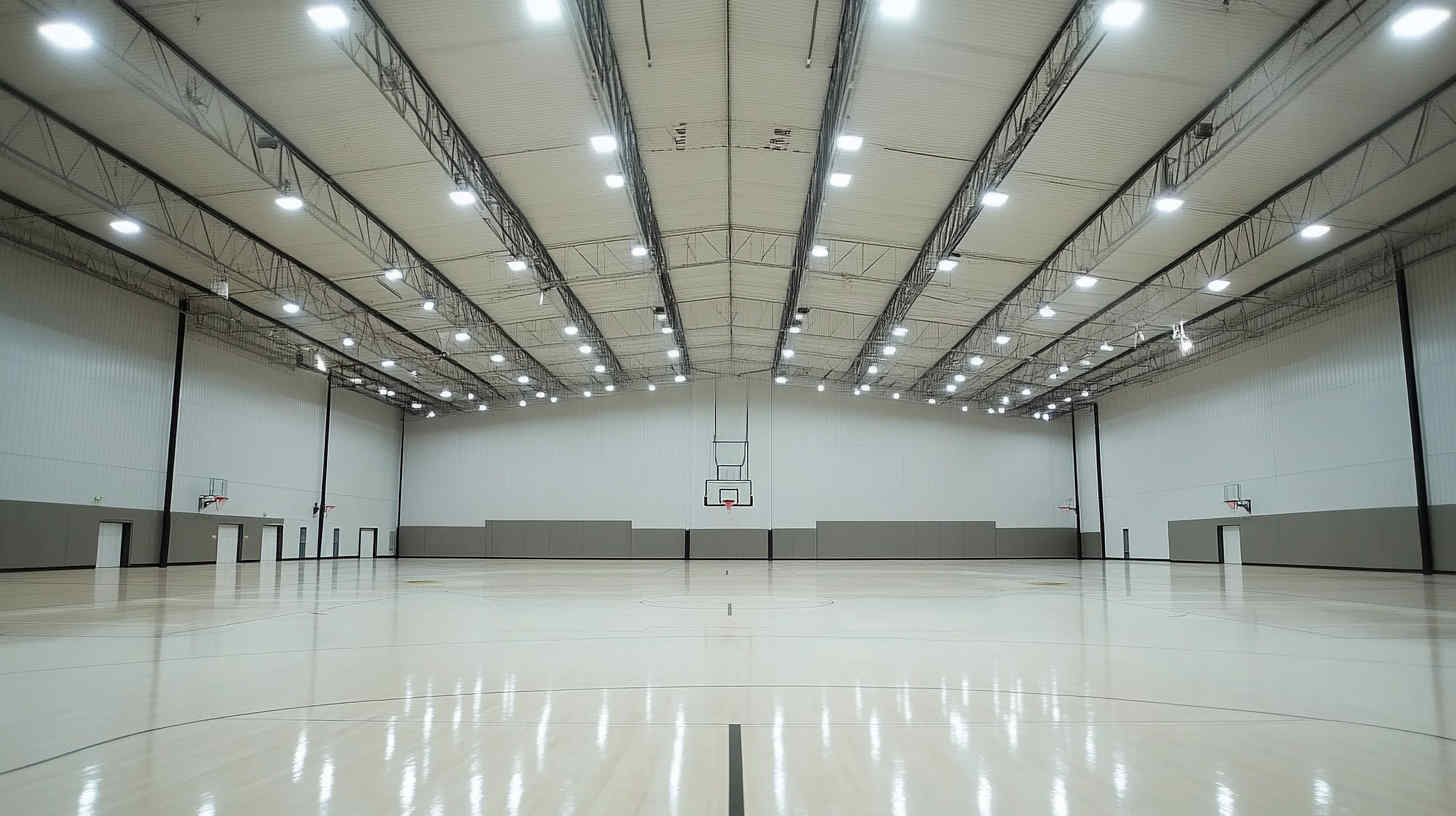
Conclusion
Measuring LED brightness is about more than reading a number off the box. It’s about understanding lumens, lux, and how your environment affects light output. Whether you’re lighting a room, a warehouse, or a parking lot, getting brightness right means using the right tools and choosing lights based on performance, not guesswork.
Want to make sure your lighting project turns out bright and right? Just feel free to contact us directly. Our lighting experts are ready to help.
Request A Free Quote Now!
Send us a message if you have any questions or request a quote. We will get back to you ASAP!



